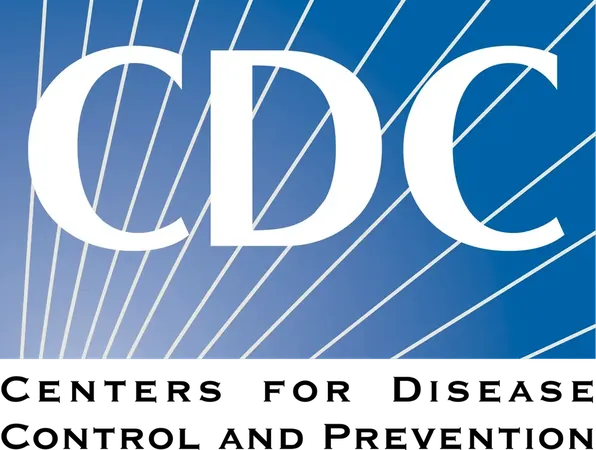
Newly Identified E. Coli Strain Linked to Multiple Outbreaks: What You Need to Know
2025-05-17
Author: Rajesh
Outbreaks Spark Health Alerts
Last year, the notorious E. coli O157 outbreaks made headlines after being traced back to romaine lettuce and McDonald's onions. The lettuce outbreak alone sickened 89 individuals across 15 states, with 36 requiring hospitalization and 7 suffering from kidney failure. Tragically, one death was linked to this outbreak. Similarly, the onion-related outbreak reported 104 illnesses, resulting in 34 hospitalizations and another fatality.
The Dangers of E. Coli Symptoms
E. coli infections can lead to severe foodborne illnesses. Symptoms typically manifest 3 to 4 days following exposure and include severe stomach cramps, diarrhea (often bloody), and vomiting. Complications can arise, such as hemolytic uremic syndrome (HUS), which can result in kidney failure.
Introducing REPEXH01: A Persistent Threat
Investigators have identified a resilient strain of E. coli known as REPEXH01, a variant of STEC O157:H7. According to CDC researchers, this dangerous strain likely emerged in late 2015, with clinical cases first being documented in April 2017. Since then, 9 distinct outbreaks have been linked to REPEXH01.
Why REPEXH01 is Worrisome
The CDC published its findings in the latest issue of Emerging Infectious Diseases, highlighting concerns over REPEXH01, belonging to the E. coli O157:H7 Manning Clade 8. Most isolates carry stx2a, a factor linked to severe clinical outcomes. In addition to this, the strain possesses multiple resistance determinants, raising alarms about its persistence and emerging threat.
Identifying the Hidden Dangers of Foodborne Illnesses
In a prior interview, Dr. Nicole M. Iovine, an infectious disease physician at the University of Florida, emphasized the challenges of pinpointing specific pathogens. Symptoms of foodborne illnesses often overlap, making accurate identification difficult. "You really can't tell which organism is infecting a patient based solely on symptoms," she stated. Symptoms vary from nausea and fever to bloody diarrhea, complicating the diagnosis process.
Stay Vigilant and Informed
As health officials continue to monitor these outbreaks, understanding the risks associated with E. coli is vital. Simple precautions in food handling and preparation can minimize the chances of infection. Stay informed and protect yourself from these emerging health threats!




 Brasil (PT)
Brasil (PT)
 Canada (EN)
Canada (EN)
 Chile (ES)
Chile (ES)
 Česko (CS)
Česko (CS)
 대한민국 (KO)
대한민국 (KO)
 España (ES)
España (ES)
 France (FR)
France (FR)
 Hong Kong (EN)
Hong Kong (EN)
 Italia (IT)
Italia (IT)
 日本 (JA)
日本 (JA)
 Magyarország (HU)
Magyarország (HU)
 Norge (NO)
Norge (NO)
 Polska (PL)
Polska (PL)
 Schweiz (DE)
Schweiz (DE)
 Singapore (EN)
Singapore (EN)
 Sverige (SV)
Sverige (SV)
 Suomi (FI)
Suomi (FI)
 Türkiye (TR)
Türkiye (TR)
 الإمارات العربية المتحدة (AR)
الإمارات العربية المتحدة (AR)